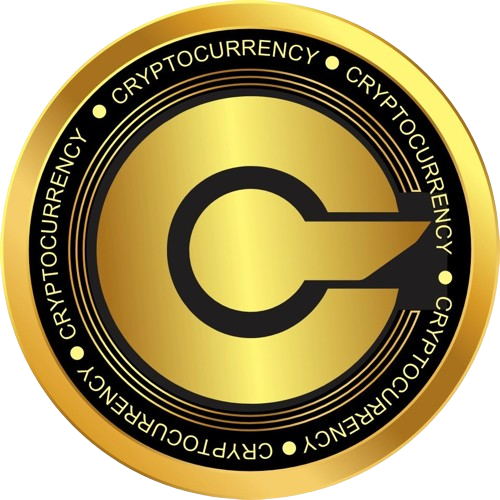The cryptocurrency landscape has dramatically evolved since the introduction of Bitcoin in 2009. As the pioneer and the most well-known digital currency, Bitcoin opened the door to a new financial paradigm. However, the innovation did not stop there. A plethora of alternative cryptocurrencies, commonly referred to as “altcoins,” have emerged, each offering unique features and use cases.
In this article, we will discuss the fascinating world of altcoins, their differences from Bitcoin, and their roles in the broader cryptocurrency ecosystem.
What is the Altcoins?
Altcoins, short for “alternative coins,” are cryptocurrencies other than Bitcoin. While Bitcoin laid the foundation for decentralized digital currencies, altcoins have built upon this foundation, introducing a variety of enhancements and new functionalities. As of 2024, there are thousands of altcoins available, each with its own unique characteristics.
Types of Altcoins
Altcoins can be broadly categorized into several types based on their functionalities and purposes:
- Stable coins: These are designed to minimize price volatility by pegging their value to a reserve asset such as fiat currency or commodities. Examples include Tether (USDT) and USD Coin (USDC).
- Utility Tokens: These provide access to a product or service within a specific platform. Ethereum (ETH) is a prime example, as it powers the Ethereum network.
- Security Tokens: These represent ownership in an asset or a company and are subject to federal securities regulations.
- Meme Coins: These are inspired by internet memes and often lack serious utility or underlying technology. Dogecoin (DOGE) and Shiba Inu (SHIB) are notable examples.
- Privacy Coins: These focus on providing anonymous transactions. Monero (XMR) and Zcash (ZEC) are leading privacy coins.
Key Differences Between Bitcoin and Altcoins
While Bitcoin remains the flagship cryptocurrency, altcoins have carved out their own niches by offering various enhancements over Bitcoin’s original design. Below are some key differences:
| Feature | Bitcoin (BTC) | Altcoins |
|---|---|---|
| Launch Date | 2009 | Varies (2011 onwards) |
| Market Capitalization | Highest | Generally lower, varies by coin |
| Transaction Speed | Slower (10 minutes per block) | Often faster (seconds to minutes) |
| Consensus Mechanism | Proof of Work (PoW) | PoW, Proof of Stake (PoS), others |
| Privacy | Pseudonymous | Ranges from pseudonymous to anonymous |
| Smart Contracts | Limited | Extensive support (e.g., Ethereum) |
10 Most Popular Altcoins 2024
Ethereum (ETH)

- Market cap: $471,299,601,120
- Launch Date: 2013; the network went live on July 30, 2015.
- Founder: Vitalik Buterin
Ethereum is the second-largest cryptocurrency by market capitalization and the leading platform for decentralized applications (dApps) and smart contracts. Launched in 2015, Ethereum introduced the concept of programmable money, enabling developers to create and deploy their own decentralized applications on its blockchain.
Ripple (XRP)

- Market cap: $29,465,258,698
- Launch Date: 2012
- Founder: Chris Larsen and Jed McCaleb
Ripple is a digital payment protocol designed to enable fast and low-cost international money transfers. Unlike Bitcoin and Ethereum, Ripple does not rely on a blockchain but uses a consensus ledger to process transactions. Ripple aims to facilitate cross-border payments for financial institutions and has garnered partnerships with numerous banks worldwide.
Litecoin (LTC)

- Market cap: $6,302,317,192
- Launch Date: October 13, 2011
- Founder: Charlie Lee
Often referred to as the “silver to Bitcoin gold,” Litecoin was created in 2011 by Charlie Lee. It offers faster transaction times and a different hashing algorithm (Scrypt) compared to Bitcoin, making it more suitable for everyday transactions.
Cardano (ADA)
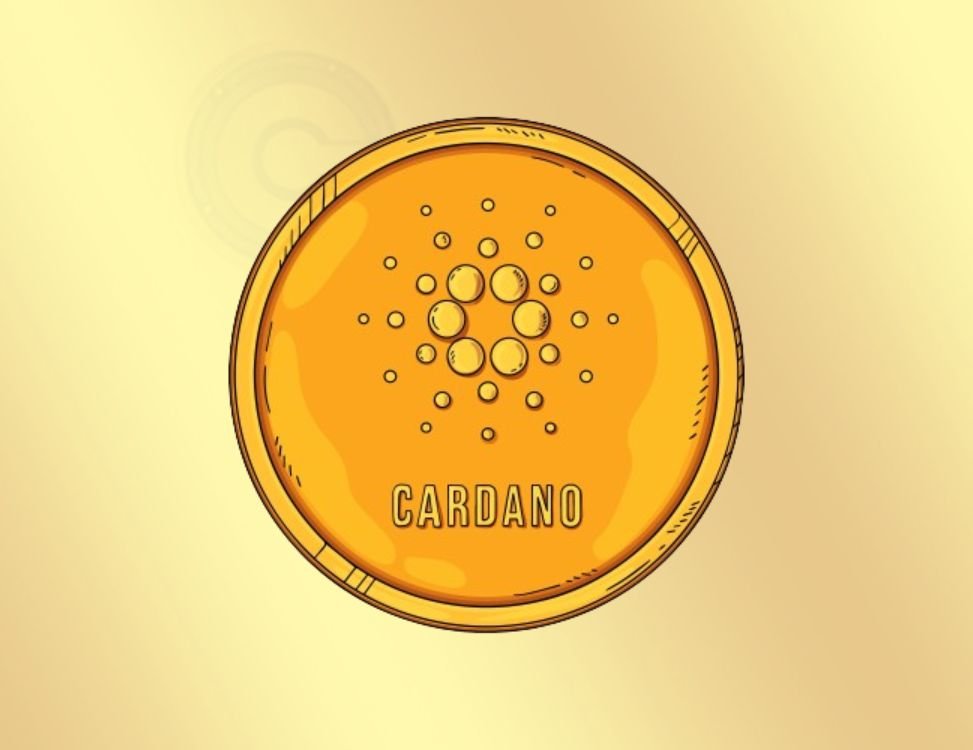
- Market cap: $16,521,390,201
- Launch Date: September 29, 2017
- Founder: Charles Hoskinson
Cardano is a blockchain platform focused on sustainability, scalability, and transparency. It utilizes a proof-of-stake consensus mechanism called Ouroboros and aims to provide a secure and scalable infrastructure for decentralized applications and smart contracts.
Polkadot (DOT)

- Market cap: $10,757,561,826
- Launch Date: May 2020
- Founder: Dr. Gavin Wood
Polkadot is designed to enable different blockchains to interoperate and share information securely. Created by Ethereum co-founder Gavin Wood, Polkadot’s multi-chain network allows various blockchains to connect and communicate, fostering greater interoperability and scalability in the crypto space.
Tron (TRX)
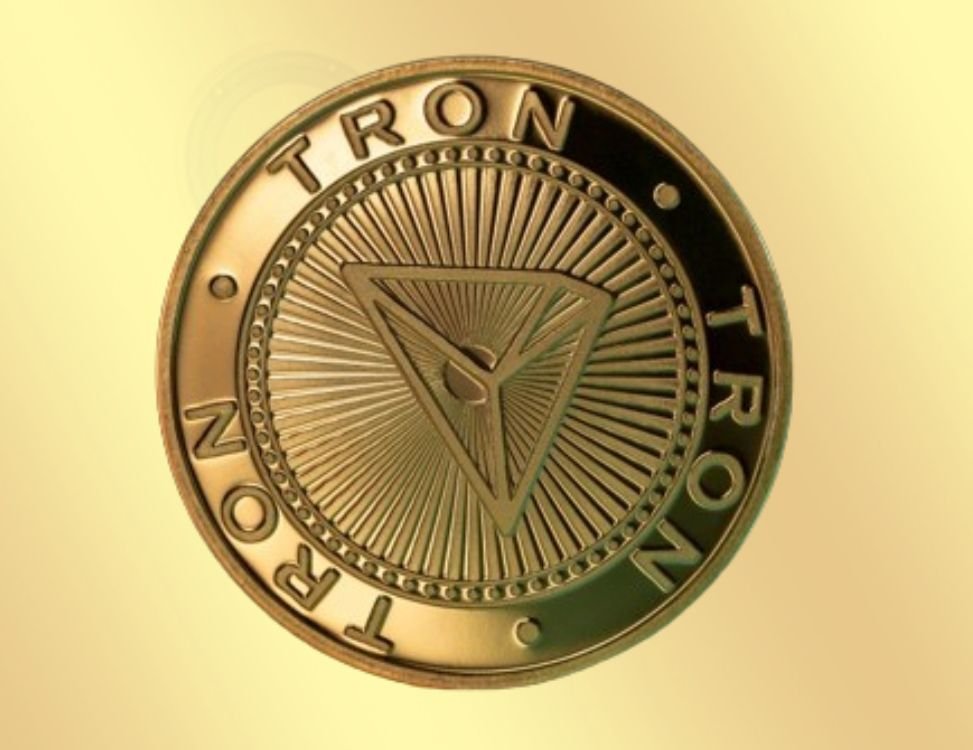
Tron (TRX) is a decentralized blockchain platform aimed at building a free, global digital content entertainment system with distributed storage technology. Below are some key aspects of Tron:
- Market cap: $9,891,060,883
- Launch Date: September 2017
- Founder: Justin Sun
- Native Cryptocurrency: TRX (Tronix)
- Consensus Mechanism: Delegated Proof of Stake (DPoS)
- Primary Use Cases: Decentralized applications (DApps), digital content creation, smart contracts, decentralized finance (DeFi)
Avalanche (AVAX)
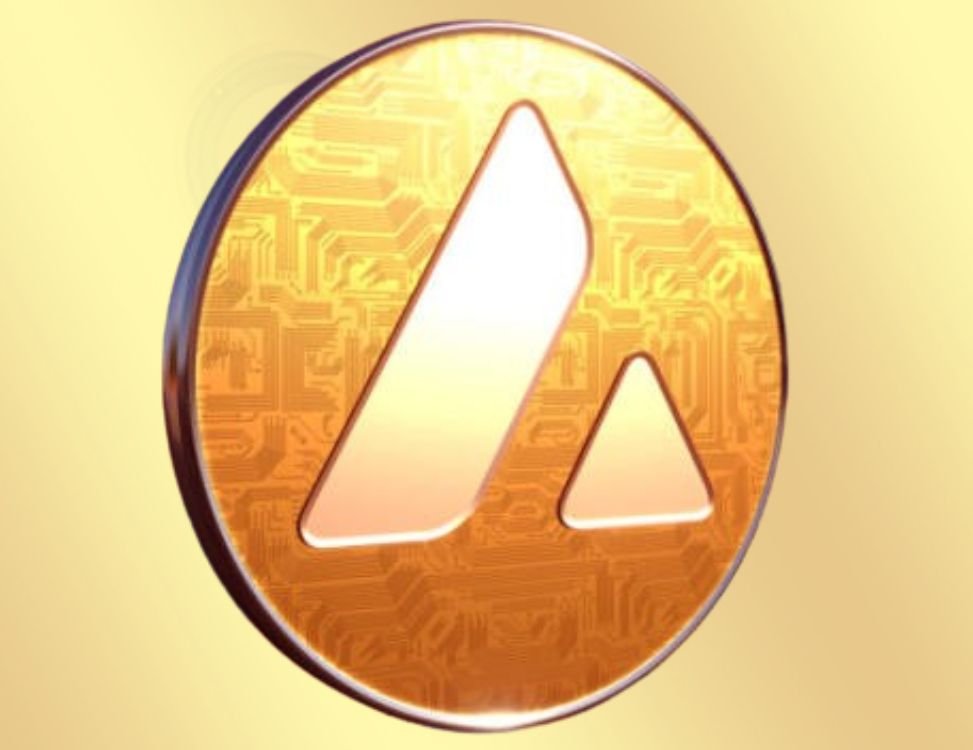
- Market cap: $14,663,725,394
- Launch Date: September 2020
- Founder: Emin Gün Sirer
Binance (BNB)
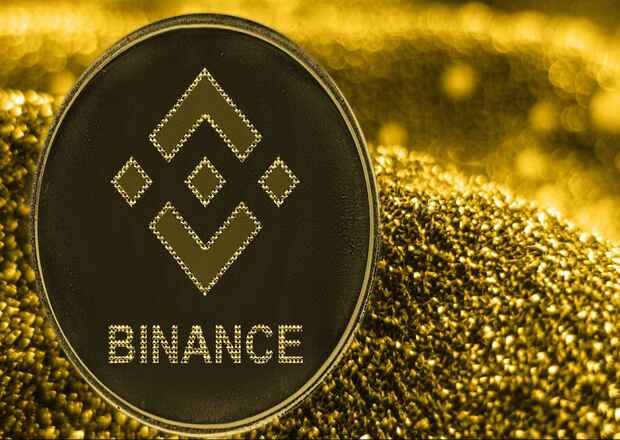
- Market cap: $89,285,200,156
- Launch Date: July 25, 2017
- Founder: Changpeng Zhao
Solana (SOL)
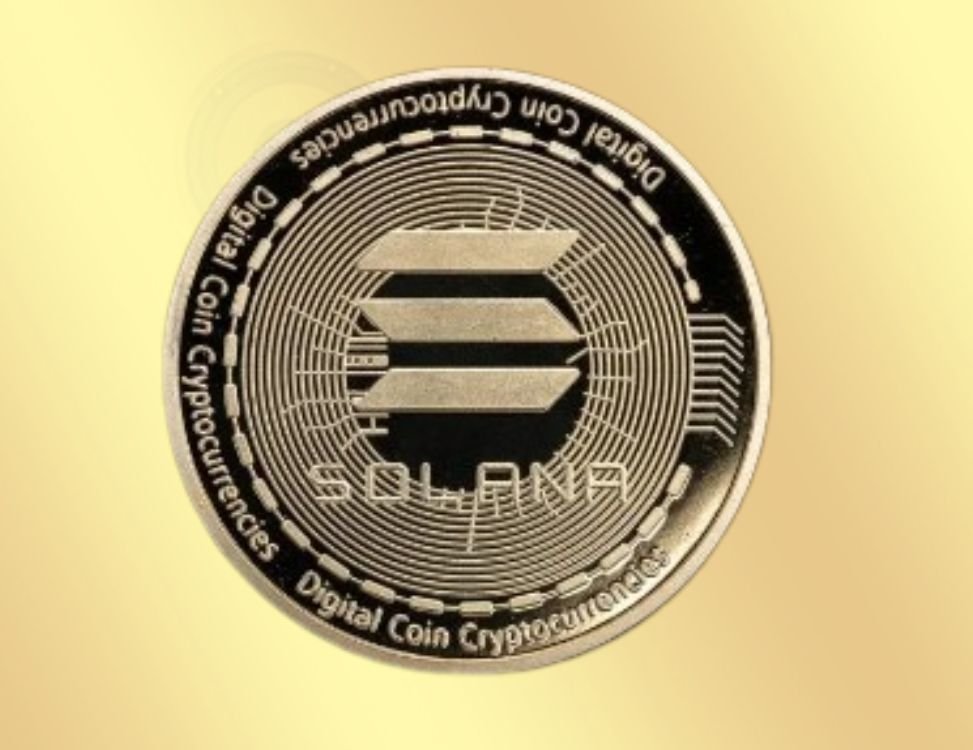
- Market cap: $74,497,267,433
- Launch Date: March 2020
- Founder: Anatoly Yakovenko
The Role of Altcoins in the Cryptocurrency Ecosystem
Altcoins play a crucial role in the diversification and advancement of the cryptocurrency ecosystem. They offer various improvements and specialized functions that Bitcoin alone cannot provide. Here are some of the roles they play:
Innovation and Experimentation
Altcoins often serve as testing grounds for new technologies and concepts. Innovations such as smart contracts, proof-of-stake, and privacy features were initially developed and tested within altcoin ecosystems before gaining broader adoption.
Diversification of Investment
For investors, altcoins provide an opportunity to diversify their cryptocurrency portfolios. By investing in a range of cryptocurrencies with different use cases and technologies, investors can mitigate risk and potentially achieve higher returns.
Competition and Decentralization
The presence of multiple altcoins fosters healthy competition within the cryptocurrency market. This competition drives innovation and prevents any single entity from monopolizing the digital currency space, promoting a more decentralized financial system.
Challenges and Risks Associated with Altcoins
While altcoins offer numerous benefits, they also come with their own set of challenges and risks:
Volatility
Like Bitcoin, altcoins are highly volatile. Their prices can experience significant fluctuations within short periods, posing risks for investors and users.
Regulatory Uncertainty
Many altcoins operate in a legal gray area, with regulatory frameworks still being developed in many jurisdictions. This uncertainty can affect the viability and acceptance of certain altcoins.
Security Concerns
Altcoins, particularly those with smaller market capitalizations, may be more susceptible to security breaches and attacks. Poorly implemented protocols or smart contracts can lead to vulnerabilities and losses for users.
Market Saturation
The sheer number of altcoins can be overwhelming for investors and users. Distinguishing between valuable projects and those with little to no utility can be challenging, leading to potential investment in unviable projects.
Future Trends in the Altcoin Market
The altcoin market is dynamic and continues to evolve. Here are some trends to watch for in the future:
Increased Adoption of DeFi
Decentralized Finance (DeFi) has been one of the most significant developments in the altcoin space. DeFi platforms offer financial services such as lending, borrowing, and trading without intermediaries. As DeFi matures, it is likely to see increased adoption and integration with traditional financial systems.
Growth of Stable coins
Stable coins are gaining traction as a reliable means of transferring value without the volatility associated with traditional bitcoin cryptocurrencies. As regulatory frameworks become clearer, stable coins could see wider use in everyday transactions and as a bridge between fiat and digital currencies.
Interoperability Solutions
Projects like Polkadot and Cosmos aim to enhance interoperability between different blockchain networks. Improved interoperability could lead to a more cohesive and interconnected blockchain ecosystem, fostering innovation and collaboration.
Sustainability Initiatives
As environmental concerns gain prominence, cryptocurrencies are under increasing pressure to adopt more sustainable practices. Proof-of-stake and other energy-efficient consensus mechanisms are likely to become more prevalent, reducing the environmental impact of cryptocurrency mining.
Conclusion
The world of altcoins is vast and varied, offering a plethora of opportunities and challenges. While Bitcoin remains the cornerstone of the cryptocurrency market, altcoins have carved out their own niches, driving innovation and expanding the possibilities of blockchain technology. Whether you are an investor, a developer, or a cryptocurrency enthusiast, understanding the diverse landscape of altcoins is essential to navigating the future of digital finance.
As the cryptocurrency ecosystem continues to evolve, staying informed about the latest developments and trends will be crucial. The dynamic nature of altcoins ensures that the landscape will continue to change, bringing new opportunities and challenges for all participants.
*Market caps and pricing sourced from coinmarketcap.com, current as of May 27, 2024.
